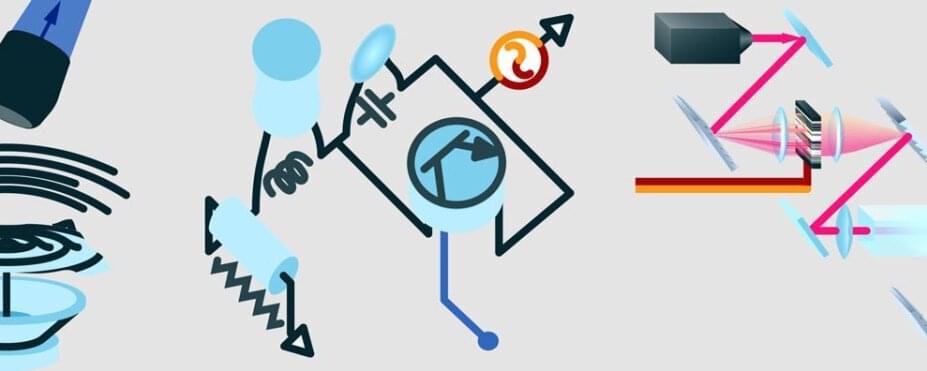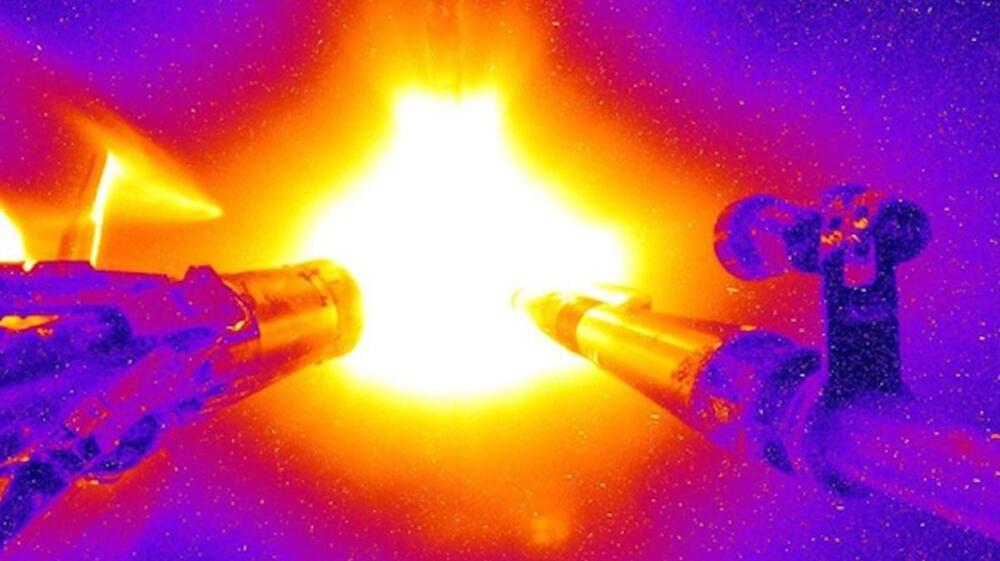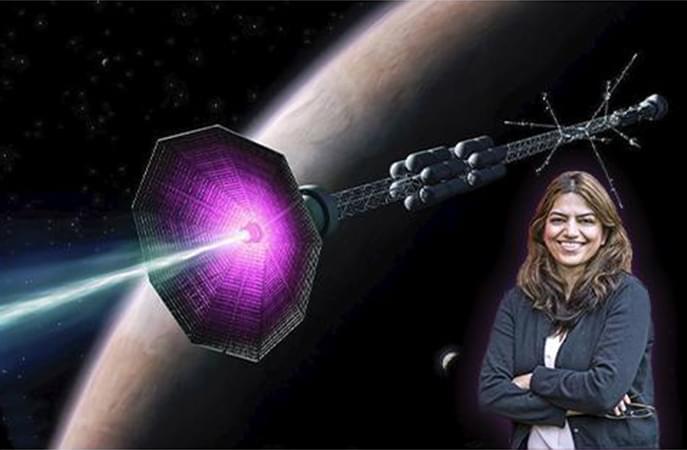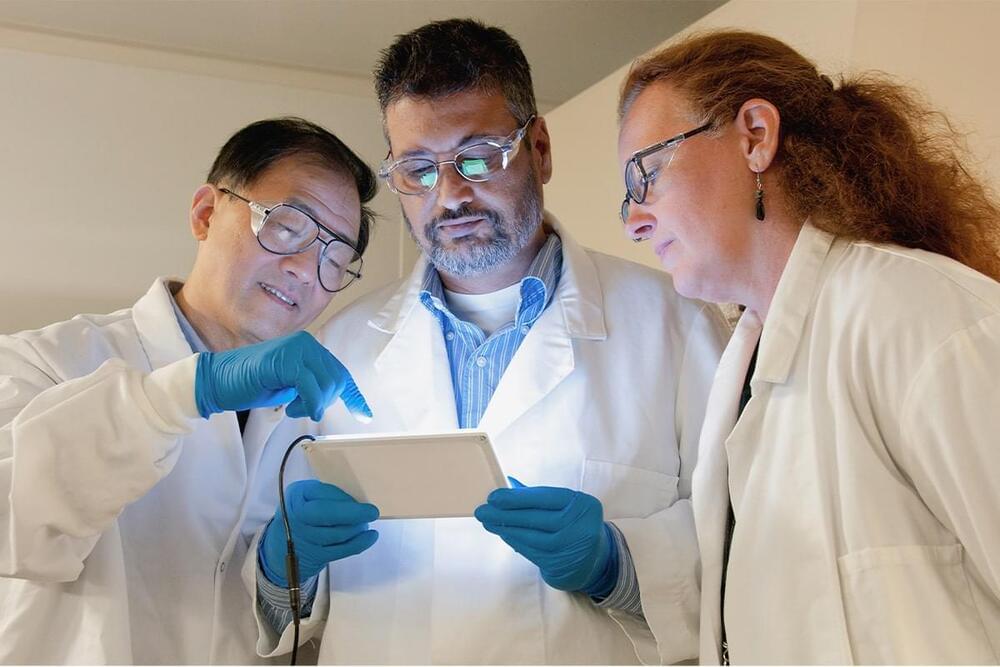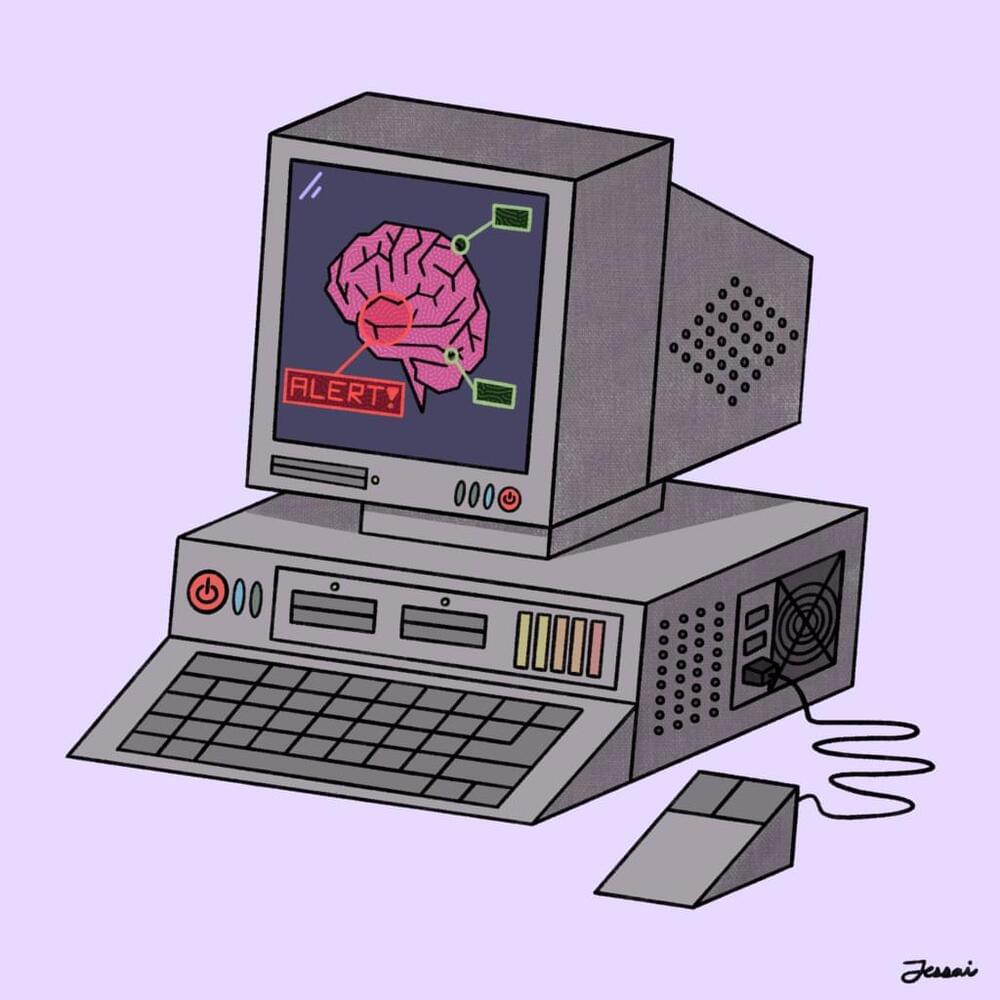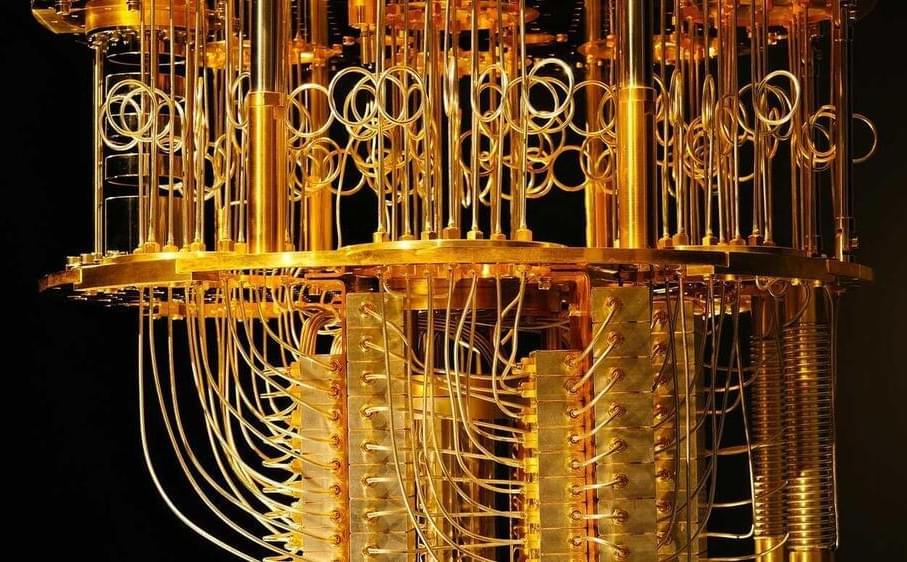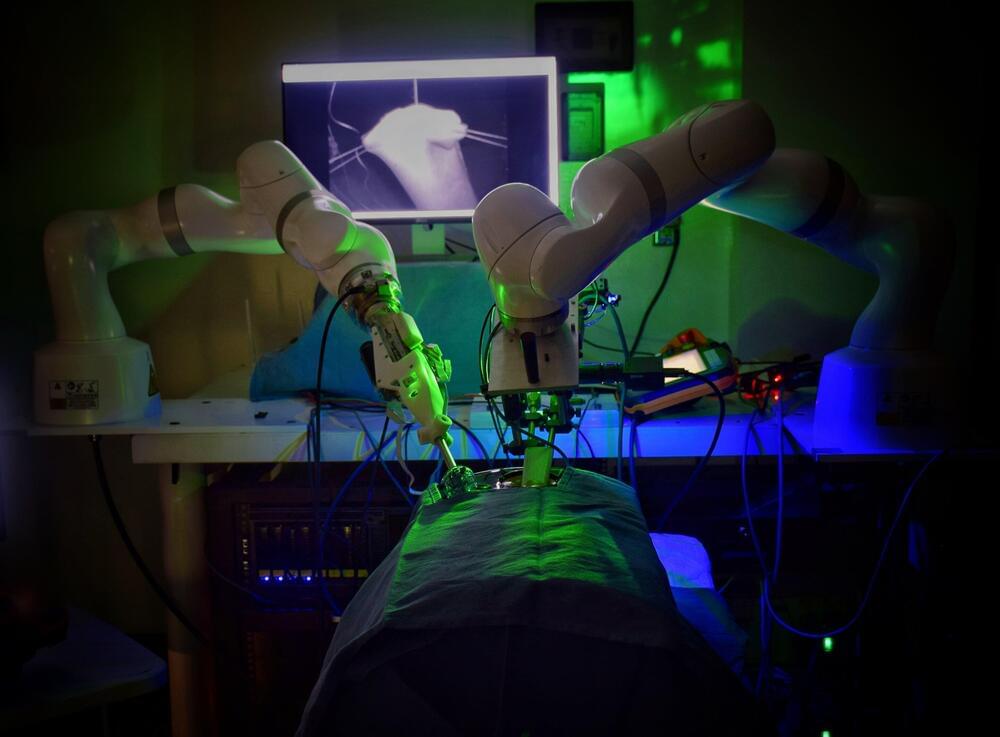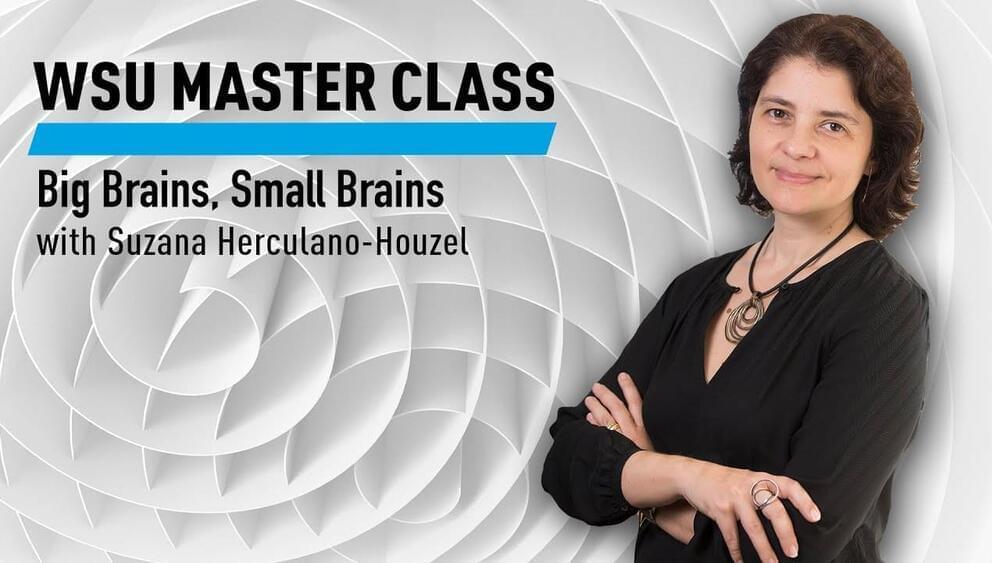Jan 26, 2022
Technique improves AI’s ability to understand 3D space using 2D images
Posted by Kelvin Dafiaghor in categories: robotics/AI, space
Researchers have developed a new technique, called MonoCon, that improves the ability of artificial intelligence (AI) programs to identify three-dimensional (3D) objects, and how those objects relate to each other in space, using two-dimensional (2D) images. For example, the work would help the AI used in autonomous vehicles navigate in relation to other vehicles using the 2D images it receives from an onboard camera.
“We live in a 3D world, but when you take a picture, it records that world in a 2D image,” says Tianfu Wu, corresponding author of a paper on the work and an assistant professor of electrical and computer engineering at North Carolina State University.
“AI programs receive visual input from cameras. So if we want AI to interact with the world, we need to ensure that it is able to interpret what 2D images can tell it about 3D space. In this research, we are focused on one part of that challenge: how we can get AI to accurately recognize 3D objects—such as people or cars—in 2D images, and place those objects in space.”

